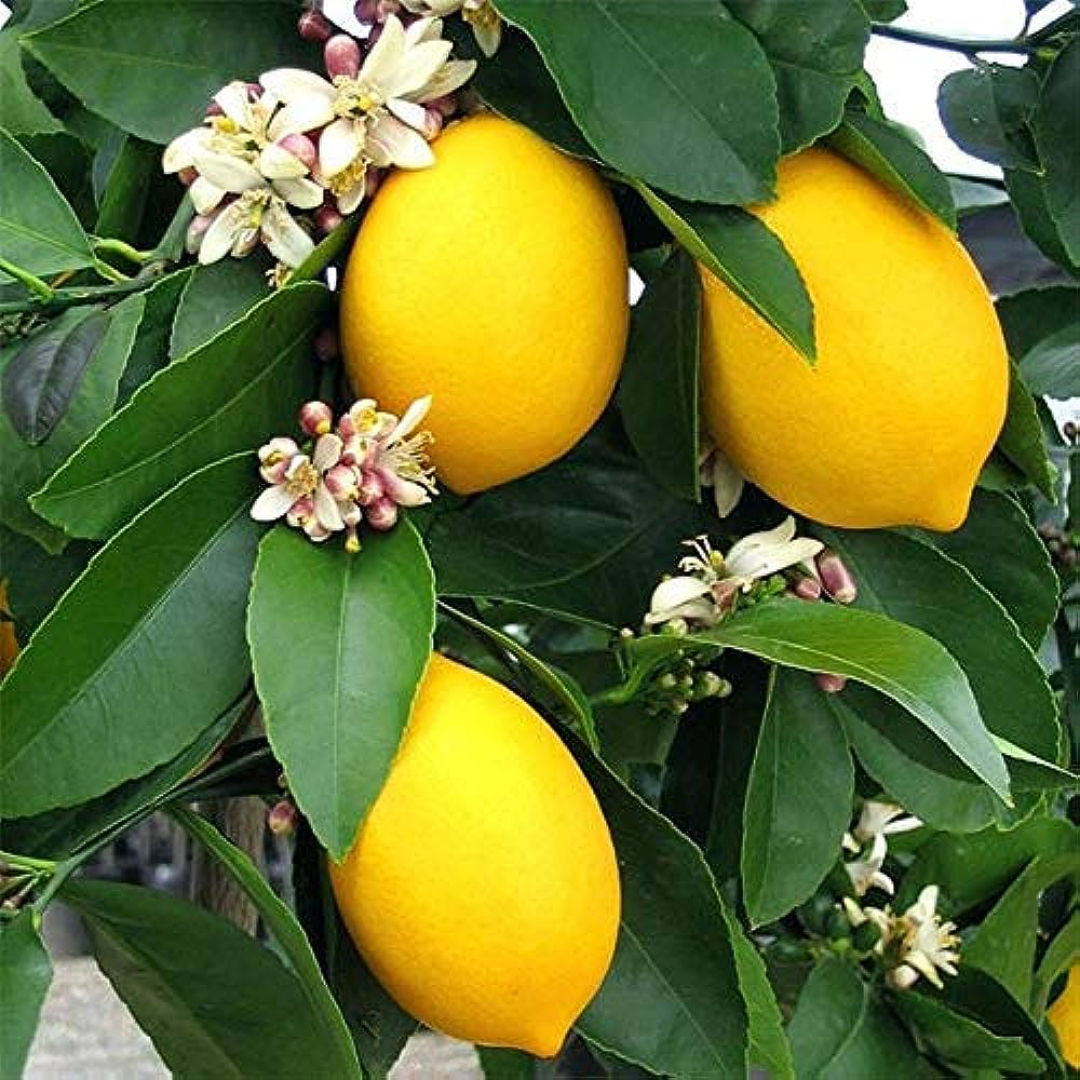Description
About Pecan Nut Plant
Pecan nuts (Carya illinoinensis) are large, oval-shaped nuts with a sweet and rich flavor. These nuts, native to North America, are borne by the pecan tree, a majestic deciduous tree belonging to the Juglandaceae family. Pecan trees produce compound leaves and yellow-green catkin flowers in the spring, leading to the development of brown-husked pecans in the fall. Pecans thrive in deep, well-drained soil and require full sun exposure for optimal nut production. Regular pruning helps shape the tree and improve air circulation. Pecans are highly regarded for their versatility in cooking, from pies to roasted snacks, and are a source of essential nutrients like healthy fats and protein, making them a cherished favorite among home gardeners and commercial nut growers.
Plant Care Instructions
- Location and Sunlight: Plant pecan trees in a location with deep, well-drained soil. They thrive in full sun, requiring at least 6-8 hours of direct sunlight daily for optimal nut production. Space trees adequately to ensure good air circulation.
- Watering: Maintain consistent soil moisture, especially during the growing season. Pecan trees require deep, regular watering. Use a drip or soaker hose for efficient irrigation, ensuring the soil remains evenly moist.
- Pruning: Prune pecan trees during the dormant season (winter) to remove dead or diseased branches and to shape the canopy. Proper pruning can improve air circulation and sunlight penetration.
- Fertilization: Pecan trees are heavy feeders and may benefit from regular fertilization. Apply a balanced, slow-release fertilizer in early spring before bud break. Follow package instructions for the appropriate dosage.
- Mulching: Use a 2-4 inch layer of organic mulch, such as wood chips or compost, around the base of the tree to conserve moisture, suppress weeds, and regulate soil temperature.
- Pest and Disease Control: Monitor for common pests like pecan weevils and aphids. Implement appropriate pest control methods, such as insecticidal soaps or neem oil. Protect against diseases like pecan scab and powdery mildew by practicing good sanitation, removing infected plant material, and applying fungicides when necessary.
- Harvesting: Pecans are typically ready for harvest in the fall when the nuts fill out and the shells begin to split. Harvest by shaking the tree or using a mechanical shaker to release the nuts.
- Winter Protection: In regions with harsh winters, protect young pecan trees by wrapping their trunks with tree wrap to prevent sunscald and by adding a layer of mulch to insulate the roots.
Please note that specific pecan tree varieties may have unique care requirements, and local conditions can vary. For expert advise you can consult with our gardening experts through a personal video consultation available at this website only.























Reviews
There are no reviews yet.